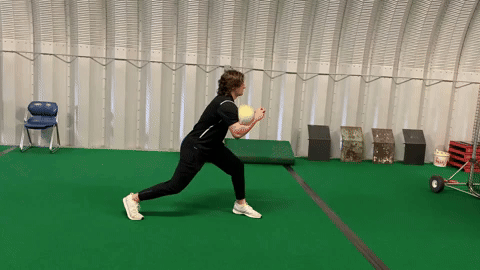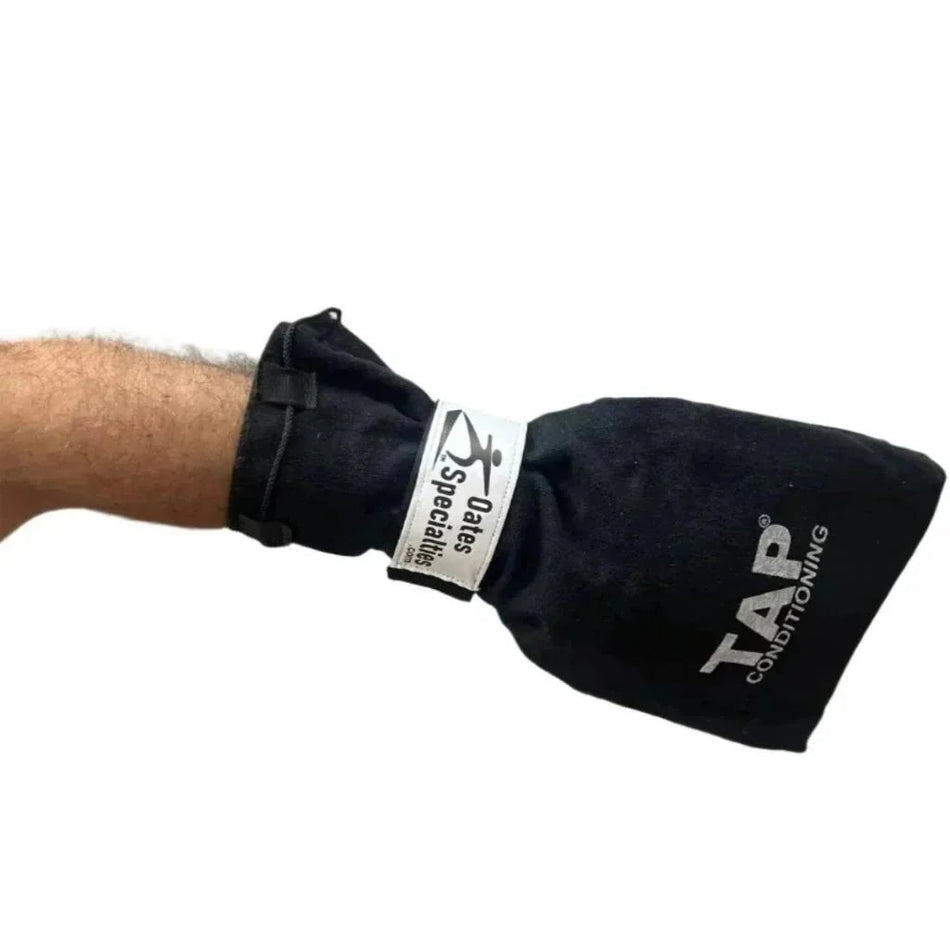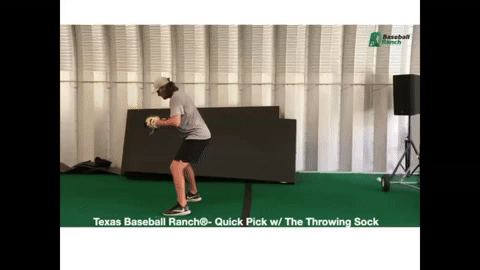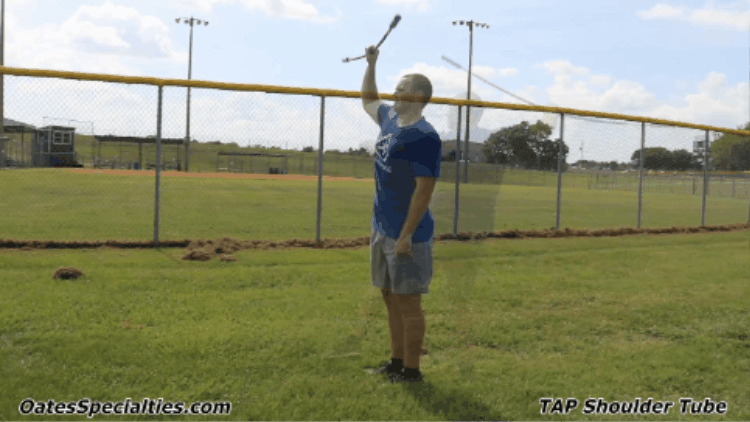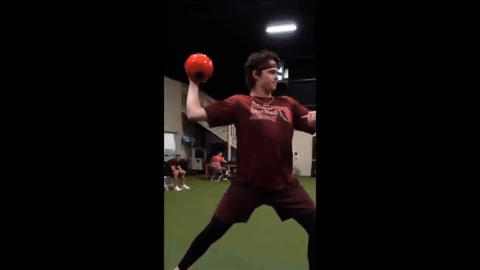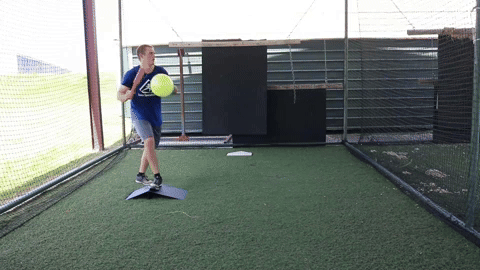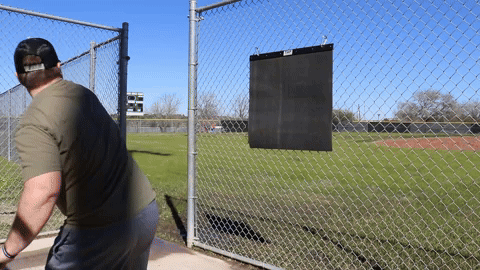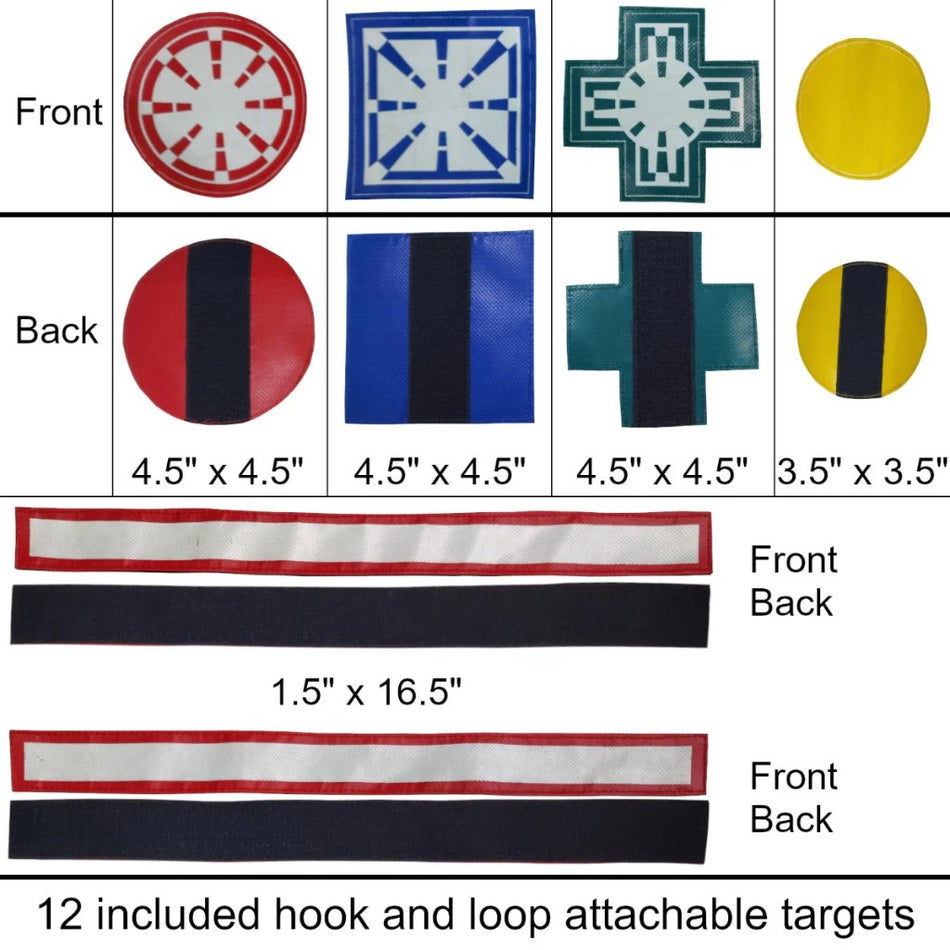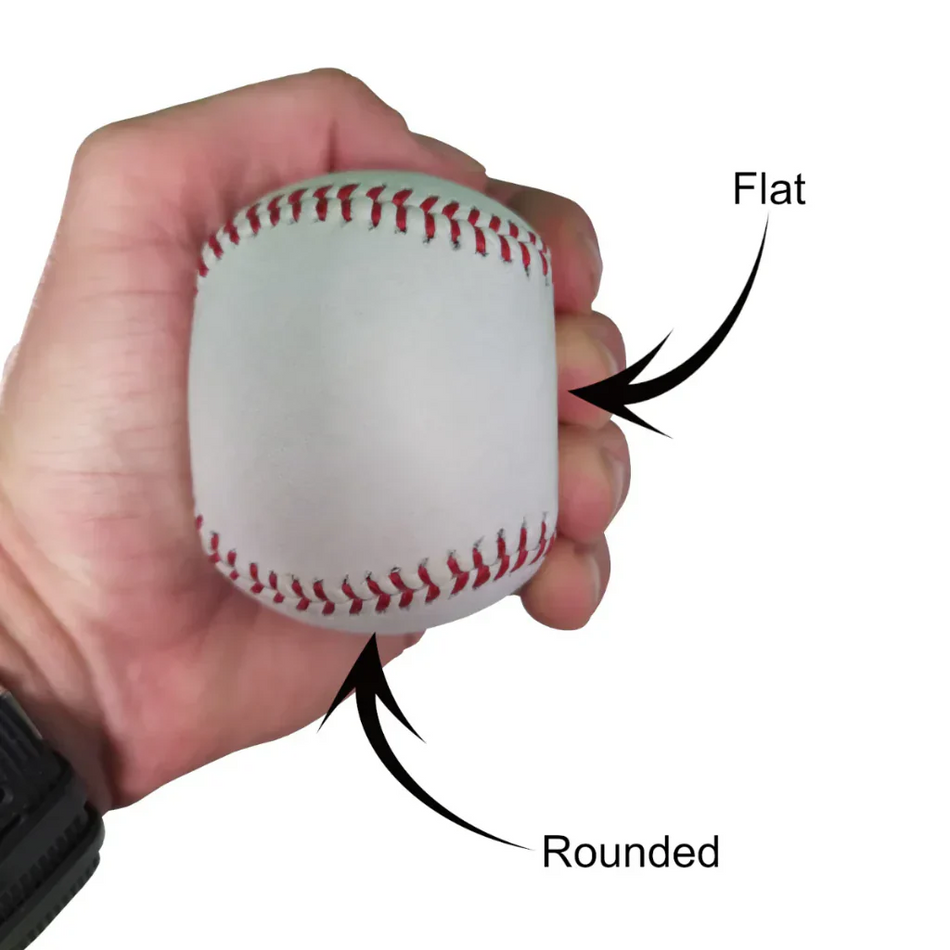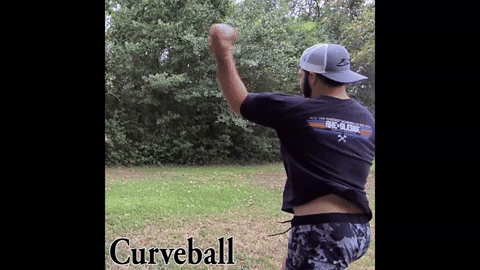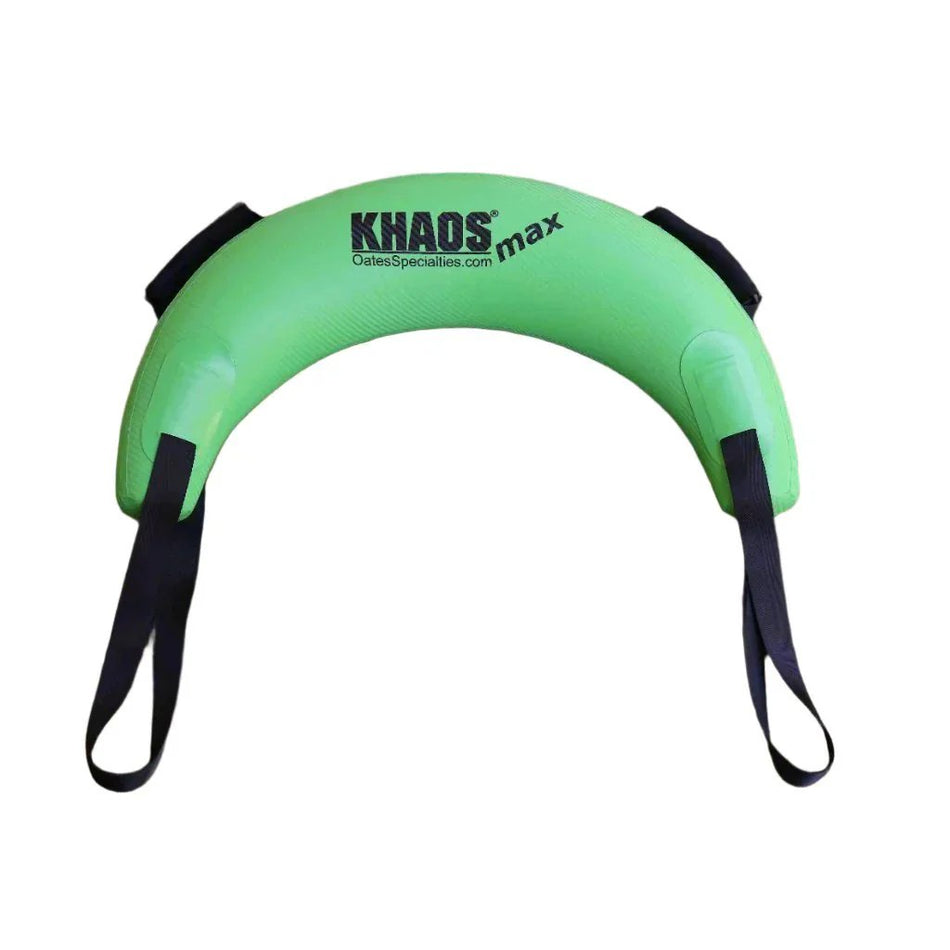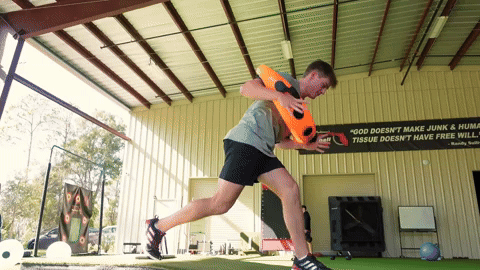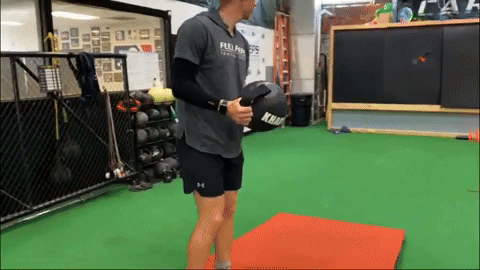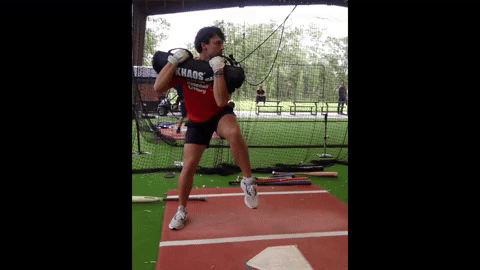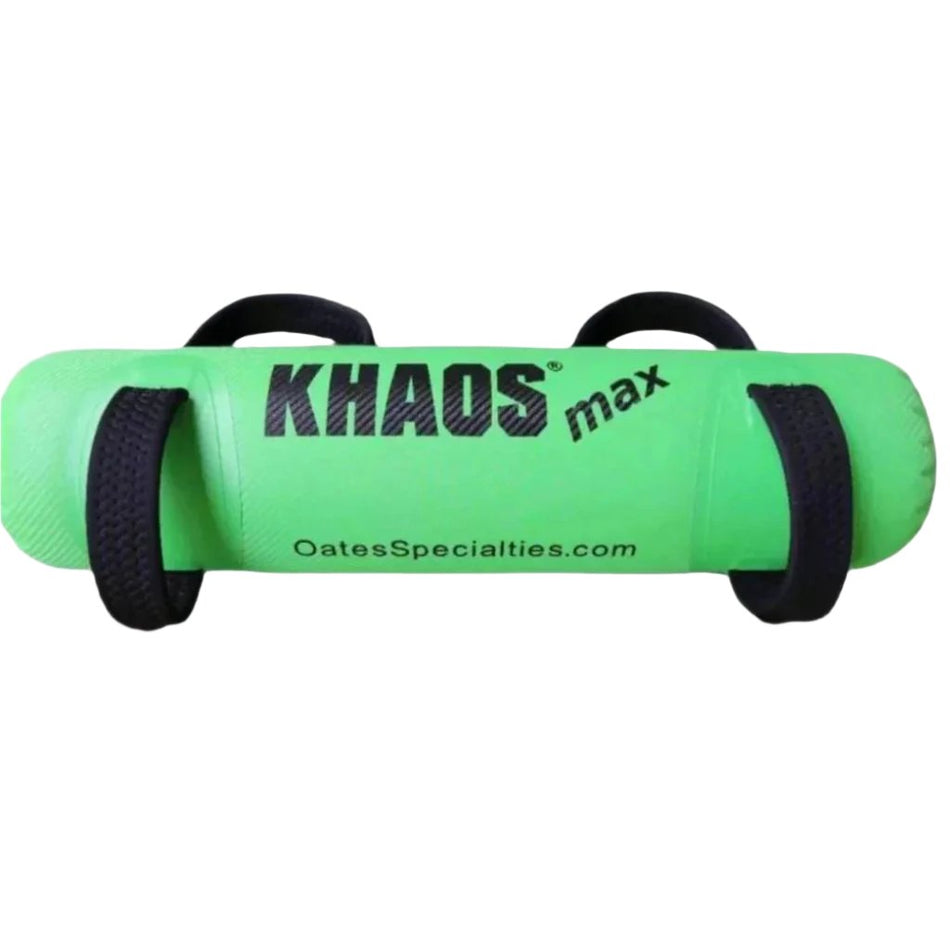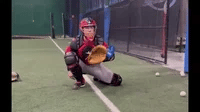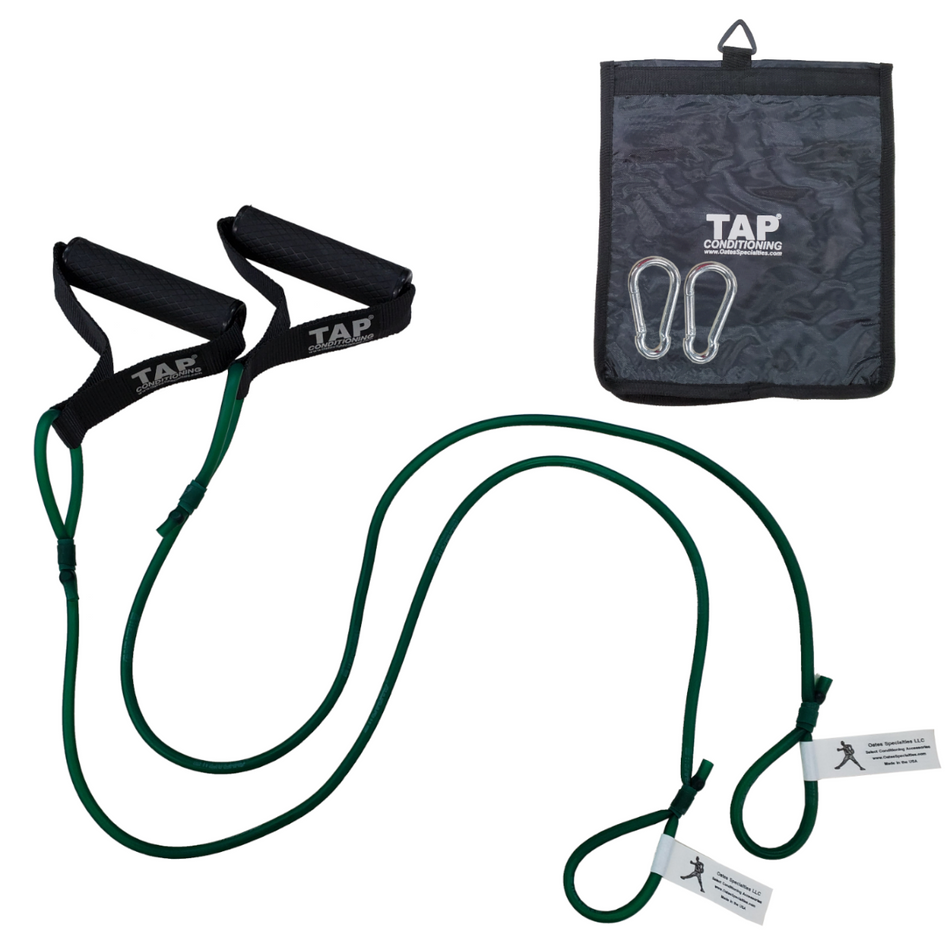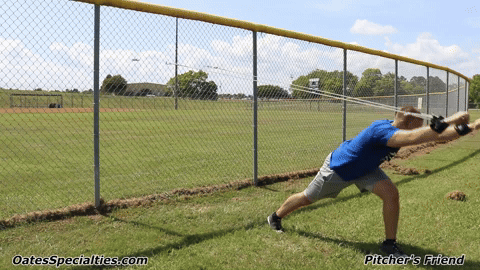Last week I wrote about our newest weighted balls, the TAP Extreme Duty, and how many coaches are using them in hitting drills in addition to their pitchers’ throwing programs. I recently had the pleasure to speak with Mike Ryan, owner of Fastball USA training center located outside of Chicago, Illinois, about using the TAP Extreme Duty weighted balls with his hitters. Coach Ryan has been using the weighted balls for the last three months and was able to give me some great feedback.
His first comment had to do with the durability of the Extreme Duty balls. At Fastball USA, Coach Ryan routinely has up to 30 athletes rotating through stations which include hitting the weighted balls. The majority of his athletes have had their ball exit speeds measured at between 85 and 95 mph and often times they hit the balls into solid walls. Despite the constant impact by many athletes day in and day out, not one Extreme Duty ball has busted in three months. While we don’t recommend hitting the balls into a solid wall (a net or pad is easier on the ball), the balls have shown the ability to withstand a high level of stress without busting.
I next wanted to talk with Coach Ryan about how he used the weighted balls to train. He informed me that his players mostly do tee work with the Extreme Duty balls but also perform some soft toss. He feeds hitters the weighted balls in progression from the 21 ounce ball to the 14 to the 7 and then depending on the cycle he will go back to the 21 ounce ball or will continue with the sequence to a 5 ounce baseball and then a 4 ounce under load ball. Additionally, Coach Ryan sets his players up approximately 20 feet from a target, such as a Pitching Pad, and has them focus on driving the ball through the target picking certain spots to hit on the pad.
The focus on driving these weighted balls is very important. In order to hit the heavier 21 and 14 ounce balls into a target that is 20 feet away, a hitter must square the ball up perfectly. If the ball is not squared up then it will not make it to the target because of its weight. If the ball is mishit, either topped or too much under the ball, the soft nature of the ball puts exaggerated spin on it and won’t allow it to travel. Coach Ryan commented that this forces athletes to be more on plane with the ball in order to hit it square and thus requires higher concentration during the drill. Also, because the balls are soft they actually stay on the barrel longer forcing the hitter to drive through the ball.
When I asked Coach Ryan what results he noticed when his players resumed hitting a regular baseball after using the Extreme Duty balls he commented that it was a noticeable difference in two regards. First, the bat traveled at a much faster speed through the contact zone. Second, the ball came off the bat much hotter (or as Coach Ryan put it, “Exploded off the bat”). This is precisely the benefit of using the overload principle at the contact point. The athlete has trained to prepare his/her body for the resistance at contact of a ball weighing 21, 14, or 7 ounces and therefore when the athlete experiences only a 5 ounce resistance at contact the body is able to accelerate through the ball driving it further than ever before.
Another thing I learned from my conversation with Coach Ryan is how he planned to incorporate the Extreme Duty balls into pregame drills. Fastball USA has select travel teams that operate out of the facility and they play in numerous tournaments. A difficulty that Coach Ryan and the other coaches on these travel teams face is where to take pregame swings to warm up. There is usually no pregame batting practice on the field and sometimes not even a cage to get loose in. But Coach Ryan has decided to implement the weighted balls as the team’s pregame hitting routine. The team goes into the outfield before the game and sets up batting tees and soft toss stations with the weighted balls.
Because the TAP Extreme Duty balls are heavy they naturally do not travel a great distance and are easy for other players and coaches to round up after being hit. Plus, unlike tennis balls or wiffle balls, the weighted balls provide more resistance than a baseball and are a better warm up for the body as it wakes up the specific muscles that will be called on during a game. Like I mentioned above, the weighted balls also require the hitter to concentrate on squaring up the ball in order to drive it and this focus on making good contact is advantageous before a game.
Coach Ryan has experienced a lot of benefits by using the TAP Extreme Duty weighted balls and after sharing with me many of the ways he is able to utilize the balls I was quite impressed. If you or your players are looking for a way to improve power, consistently make better contact with the ball, and add a great hitting drill to your repertoire, I suggest you try these weighted balls out for yourself. I would like to give my sincere thanks to Coach Ryan for taking the time to share with me the types of activities his players do at Fastball USA.
For those of you interested in learning more about what goes on at Fastball USA, you can visit their website at www.fastballusa.com
Until next time,
Brian Oates



